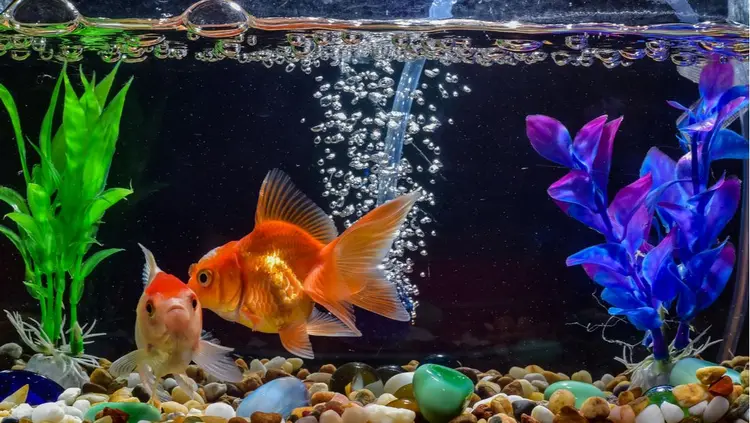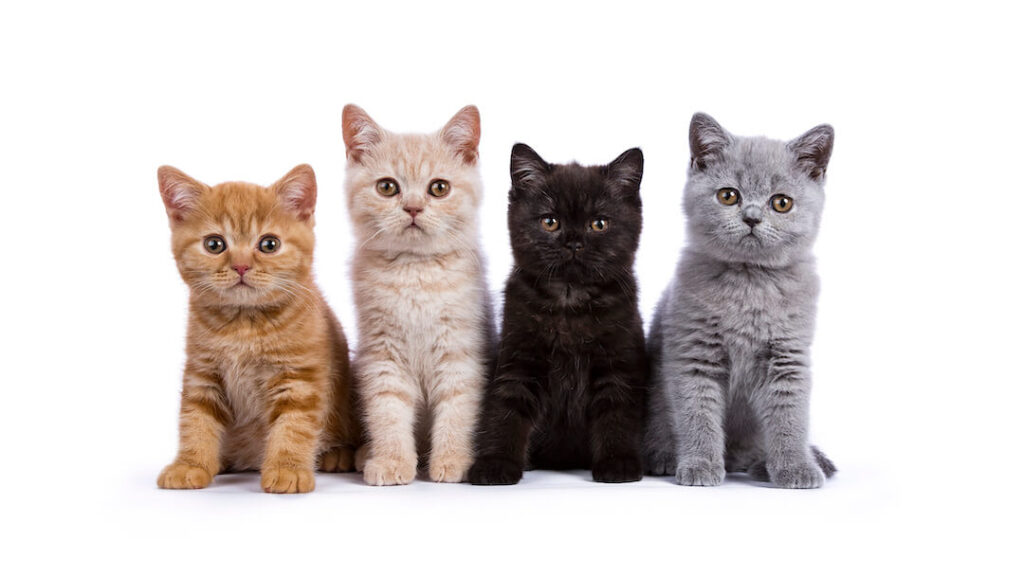
air bubbles in fish tank you’re passionate about your aquarium, you’ve likely put in a lot of effort to create the perfect environment for your fish. From carefully chosen plants and decorative stones to cozy hiding spots, every detail matters. You regularly clean the tank, ensure the lighting is just right, and maintain a reliable aeration system. But then, you notice something unusual—bubbles forming in the water. While bubbles aren’t always a cause for concern, they can sometimes signal issues that might jeopardize the health of your aquatic companions. Understanding the potential causes is the first step to keeping your tank—and your fish—thriving.


air bubbles in fish tank normal to see some air bubbles in your aquarium—it’s just part of the environment. Various equipment, like air-driven filters and air stones, naturally create bubbles as they help circulate water. Hanging filters can also contribute to this. Generally, if the bubbles pop quickly, don’t cover the entire water surface, and don’t look foamy, there’s no need to worry.
Interestingly,air bubbles in fish tanksome fish species, like Bettas and gouramis, even create bubbles intentionally. These “bubble nests” are made by healthy fish as part of their mating behavior. They often look like clusters of floating bubbles on the water’s surface and can sometimes attach to plants. If you notice a bit of debris mixed into these nests, that’s completely normal.
air bubbles in fish tank you’ve recently refilled your tank, you might also spot tiny air bubbles clinging to surfaces inside the aquarium. These microbubbles are harmless and typically disappear within a few days. However, if they’re distracting, you can gently wipe them away for a clearer view of your underwater world.



Pearling in Aquarium Plants
air bubbles in fish tank
Aquatic plants are natural oxygen generators for your aquarium, releasing oxygen as they photosynthesize. Sometimes, this oxygen gathers on the leaves as tiny, jewel-like bubbles—a phenomenon known as pearling. Seeing pearling in your tank is a positive sign, indicating a healthy and well-oxygenated environment. Fast-growing plants are more likely to pearl compared to their slower-growing counterparts.
air bubbles in fish tank you don’t notice pearling, it might mean your tank water isn’t fully saturated with oxygen. In such cases, the oxygen produced by the plants is absorbed directly into the water before forming visible bubbles. For pearling to occur, your water needs to be rich in oxygen, so ensuring optimal conditions can help encourage this beautiful and beneficial display.


Foam in Your Fish Tank
air bubbles in fish tank a layer of foam on your aquarium’s surface? Foam can form for various reasons, and while it’s not always a problem, it can sometimes signal an issue. For example, when you fill your tank, the agitation creates bubbles—much like shaking a bottle of water. This foam typically dissipates quickly. To avoid it, try pouring water slowly or direct it onto a plate to minimize splashing inside the tank.
air bubbles in fish tank, foam can be dangerous if it’s caused by soap or cleaning products. Never use household sponges, buckets, or tools that have been used for other cleaning purposes in your aquarium. Even a tiny amount of cleaning solution residue can harm your fish. Make sure everyone in your household knows that aquarium equipment should never double as car-washing or bathroom-cleaning tools.
air bubbles in fish tank the foam doesn’t go away, it might be due to protein buildup in the water. Protein foam happens when excess organic matter, like uneaten food or debris, coats the bubbles and prevents them from popping. A dirty filter or even a decomposing fish can contribute to this. Regularly clean your tank, maintain the filter, and keep an eye on your fish population to ensure none are missing or decomposing. Foam is more than just a nuisance—it’s often a call to action to improve your tank’s cleanliness and safety.


Water Quality
air bubbles in fish tank high-quality water is one of the most crucial steps in keeping your fish tank healthy. Unfortunately, tap water can be hazardous due to chlorine or chloramine treatments, which are used to make it safe for human consumption but are toxic to fish. Chlorine can sometimes be bubbled out of water over time, but chloramine is more persistent and cannot be removed this way. Exposure to these chemicals can cause fish to develop redness or mucus on their bodies, often leading to death if not addressed quickly.
If air bubbles in fish tank you’re using tap water in your aquarium, it’s essential to neutralize these harmful chemicals with a dechlorinator. These products are affordable, easy to use, and highly effective when applied correctly. Always follow the instructions on the label to determine the appropriate dosage for your tank. If your water contains chloramine, look for a specialized product designed to neutralize it as well. By taking these steps, you can ensure a safe and healthy environment for your aquatic companions.



Proper Aeration
air bubbles in fish tank oxygen is vital for fish survival, and a lack of it can quickly put them in danger. One warning sign is when your fish start floating near the surface and blowing bubbles. This behavior often indicates a problem, such as high levels of toxic chemicals like chlorine or ammonia. If you notice this, immediately test your tank water and consider upgrading your aeration system to improve oxygen levels.
In nature,air bubbles in fish tankcurrents continuously replenish oxygen in the water. You can recreate this effect in your aquarium with tools like air pumps, wands, or air stones. Not only do these create streams of bubbles that enhance your tank’s appearance, but they also help remove unwanted gases. As the bubbles rise and pop at the surface, they allow the water to absorb oxygen from the air. Horizontal tanks are particularly effective because their larger surface area promotes better oxygen exchange. However, tall, narrow tanks often lack sufficient surface area, limiting their ability to support a large number of fish.
air bubbles in fish tank tank’s filter also plays a role in aeration by agitating the water’s surface, which helps it absorb oxygen. Filters cycle water from the bottom of the tank to the top, allowing for more efficient oxygenation. However, some filters can create dead spots where water movement is insufficient. To prevent this, consider pairing your filter with a power head to ensure consistent water circulation throughout the tank.


Your Beautiful Aquarium
air bubbles in fish tank are a natural part of any fish tank and often signal that your fish are getting the oxygen they need. As a dedicated fish owner, your goal should be to create the best possible environment for your aquatic companions. This means using proper aeration systems, such as bubblers, and maintaining a consistent care routine. Regularly cleaning the tank and testing the water for harmful chemicals are crucial steps in ensuring a safe and healthy habitat.
Aair bubbles in fish tank well-maintained aquarium not only looks beautiful but also keeps your fish thriving for years to come. Prioritize their care, and you’ll be rewarded with happy, healthy fish.

